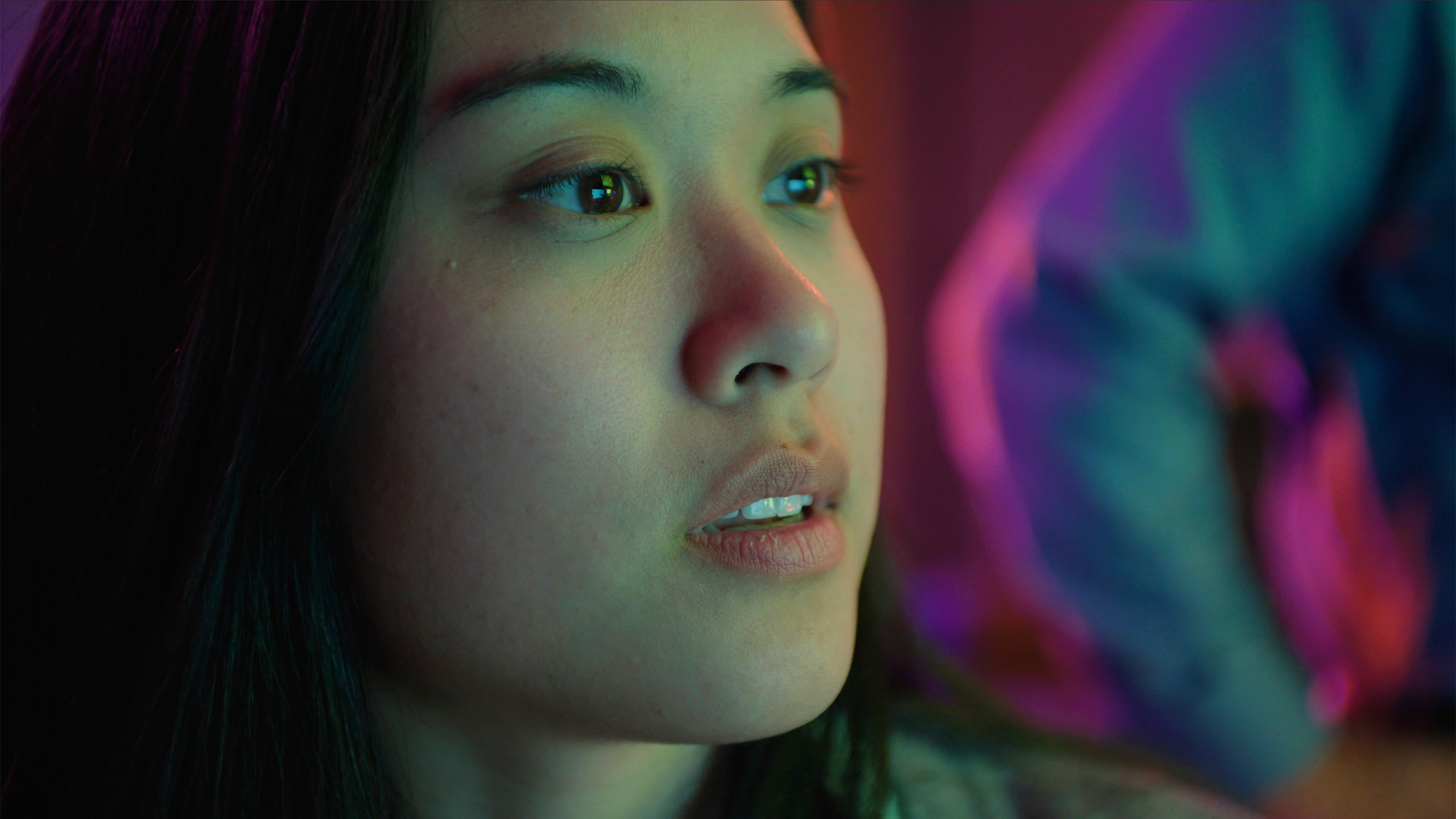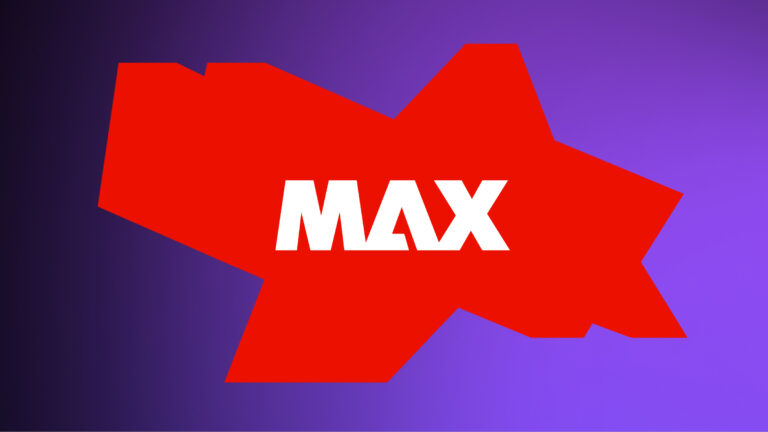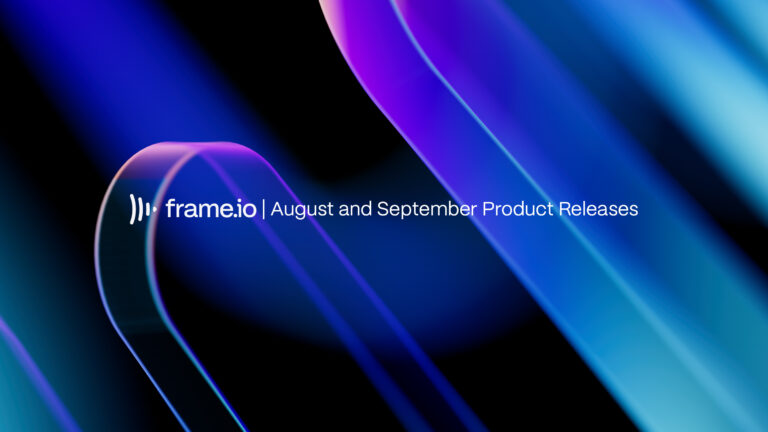Last April we were thrilled to reunite at an in-person NAB after a two-year hiatus. Even with a smaller-than-usual attendance, it just felt great to be together again. This year, NAB was back and bigger than ever, marking the 100th anniversary of the first conference with more than 1,000 exhibitors and 100K attendees from 160 countries. Saying that there was a lot to take in would be a gross understatement.
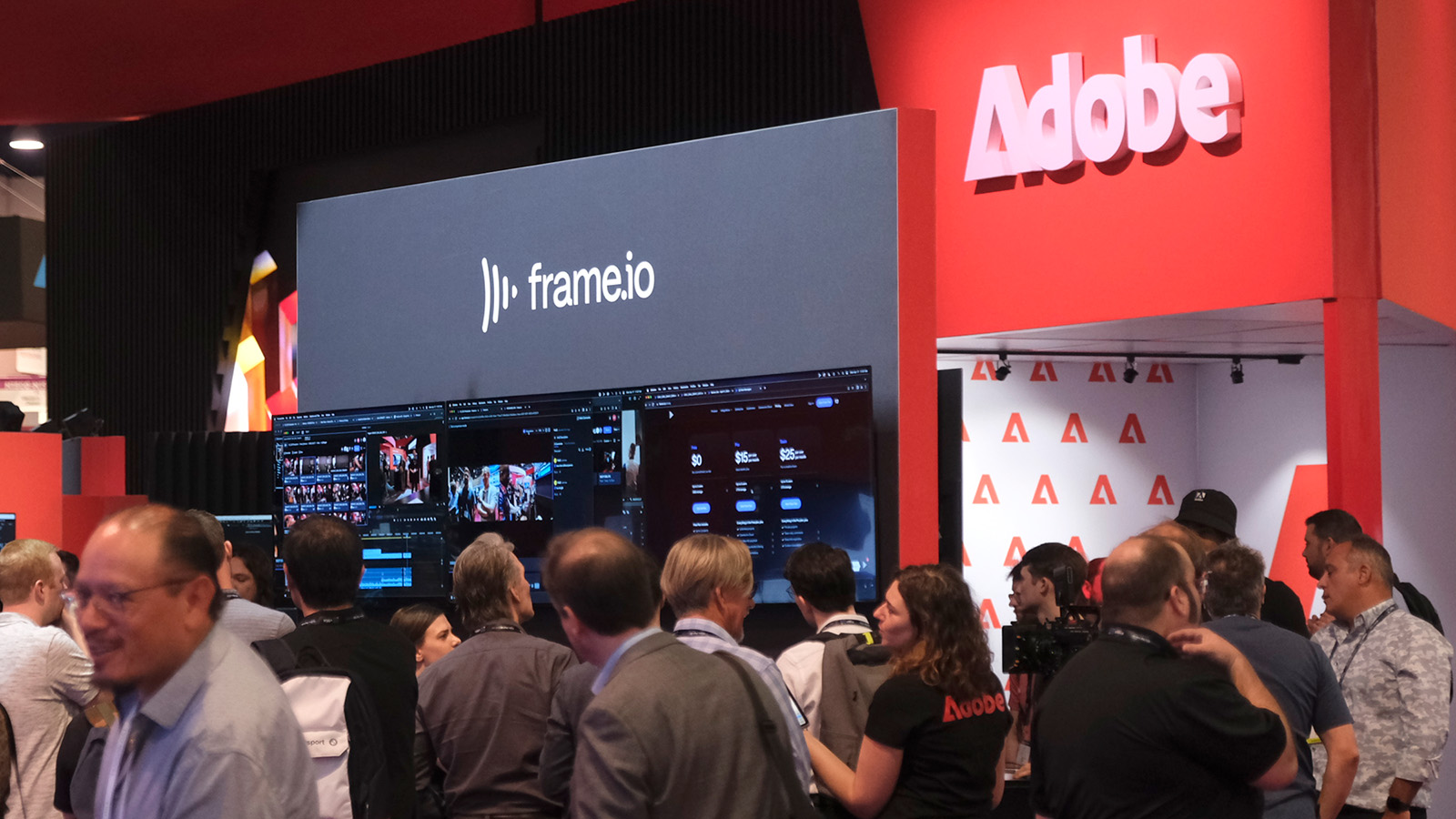
Honestly, it feels like we’re riding the next major technological wave, so let’s take a few moments to look at where we find ourselves today—and how what we’re seeing now will shape the future of media technology.
The first 100 years
When that very first gathering of the National Association of Broadcasters took place 100 years ago, 16 of the 23 attendees were from radio stations. Back then, if you wanted to listen to news or be entertained in your home, your only option was to gather around the radio.
In a dizzying advancement of technological breakthroughs, here we are, only 100 years later, able to create, share, and consume incredibly high-quality media from a small device in our pockets. But when you think about the pace at which those advancements have occurred, what’s maybe most amazing is how much has changed in just a few years’ time. Or, conversely, how much didn’t change for decades.

Consider that the fundamental way of making moving pictures has, until very recently, required capturing on some sort of physical medium—whether celluloid, tape, or a camera card—and transporting or transcoding that media into a form in which it could be viewed and edited. The term “dailies” indicated the typical turnaround time from when footage was captured to when it could be ready for viewing and editing.
It’s why, when we introduced Camera to Cloud two years ago, a sea change occurred. Not only did it mean that you no longer had to wait to view or edit your footage, you could now view it from anywhere as long as you had an internet connection. In the simplest terms, we’ve seen this workflow foundationally improve both the way video is created and the time it takes to deliver it.
Workflows and ecosystems
For the last century, manufacturers have gone to NAB to present the latest in broadcast and media hardware, beginning with microphones, cameras, and lenses. Later in the 20th century, there were lots of expensive standalone devices—think telecines and the Quantel Paintbox—that only high-end post-production facilities could afford. They performed a single function like getting film to videotape, or allowing an artist to paint or draw on the video frame by frame.
I personally started attending NAB in 2003, when the move to digital video and the road to high-definition TV was all the buzz. By 2014, the focus had shifted to 4K and cloud-based workflows, and in 2015 the newly created Frame.io won its first Best of Show award.
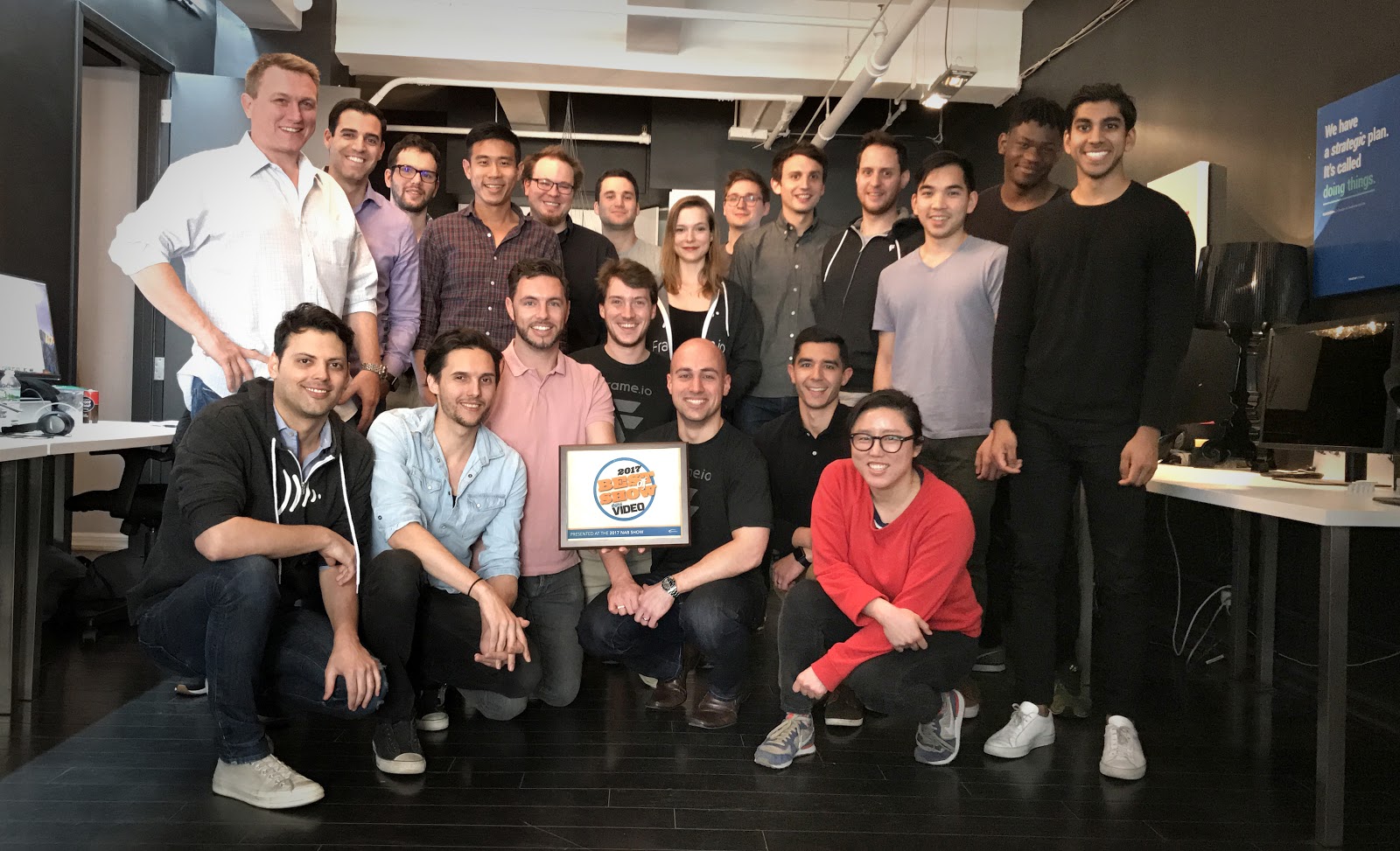
The founders of Frame.io had correctly anticipated the power that cloud-native workflows would unlock, and in 2019 invited me to help bring Camera to Cloud to the Frame.io platform. And then, in 2020, the pandemic proved that moving to the cloud was a necessity, which massively accelerated the adoption of cloud solutions across the industry.
So what does that mean in 2023—and beyond?
Of course, there was plenty of new gear to test and touch at NAB 2023. But what’s different is that there’s been a distinct shift in emphasis from single-purpose devices that exist in their own environment to devices that connect hardware and software through the cloud.
New connections and integrations
In just the past few years, our industry has come to expect and to rely on flexibility, compatibility, and connectivity. We’ve realized the benefits of being able to collaborate remotely—not because we have to, but because there are instances in which it enhances the way we can work together.
When we first released Camera to Cloud, our stated mission was to create an ecosystem of integrations that enable workflow. And only two years later, what we’ve learned is that this new ecosystem has unlocked ways of working that we didn’t even imagine at first. From cinematographers being able to do lens tests remotely to sports teams sharing record-breaking achievements moments after they take place, this is just the beginning of what will become possible over the next several years.
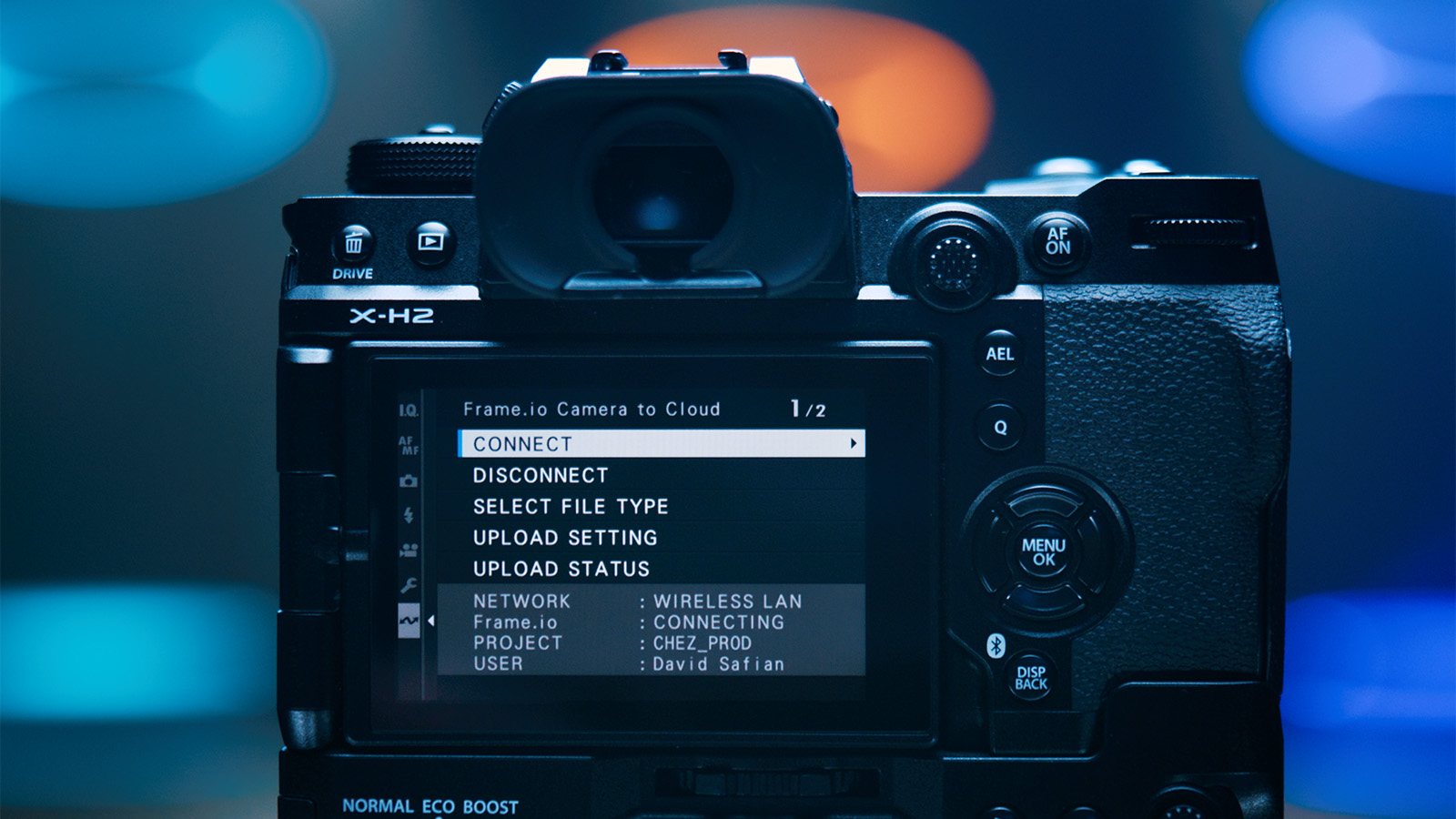
Last week, we announced the first in-camera integration with Fujifilm and with photography app Capture One, bringing Camera to Cloud to a huge new group of creators—photographers. And we’ve already seen how game changing it’s been.
During the show, Fujifilm loaned out X-H2 and X-H2S cameras to numerous attendees, who were able to experience what it was like to take a photo, have it available immediately in the cloud, and then be able to edit it and post it to social media. Seeing people’s reactions when they tried it for the first time and realizing that this technology can make their work life easier is yet another example of why being on the floor at NAB 2023 is so gratifying. But there’s even more to it than that.
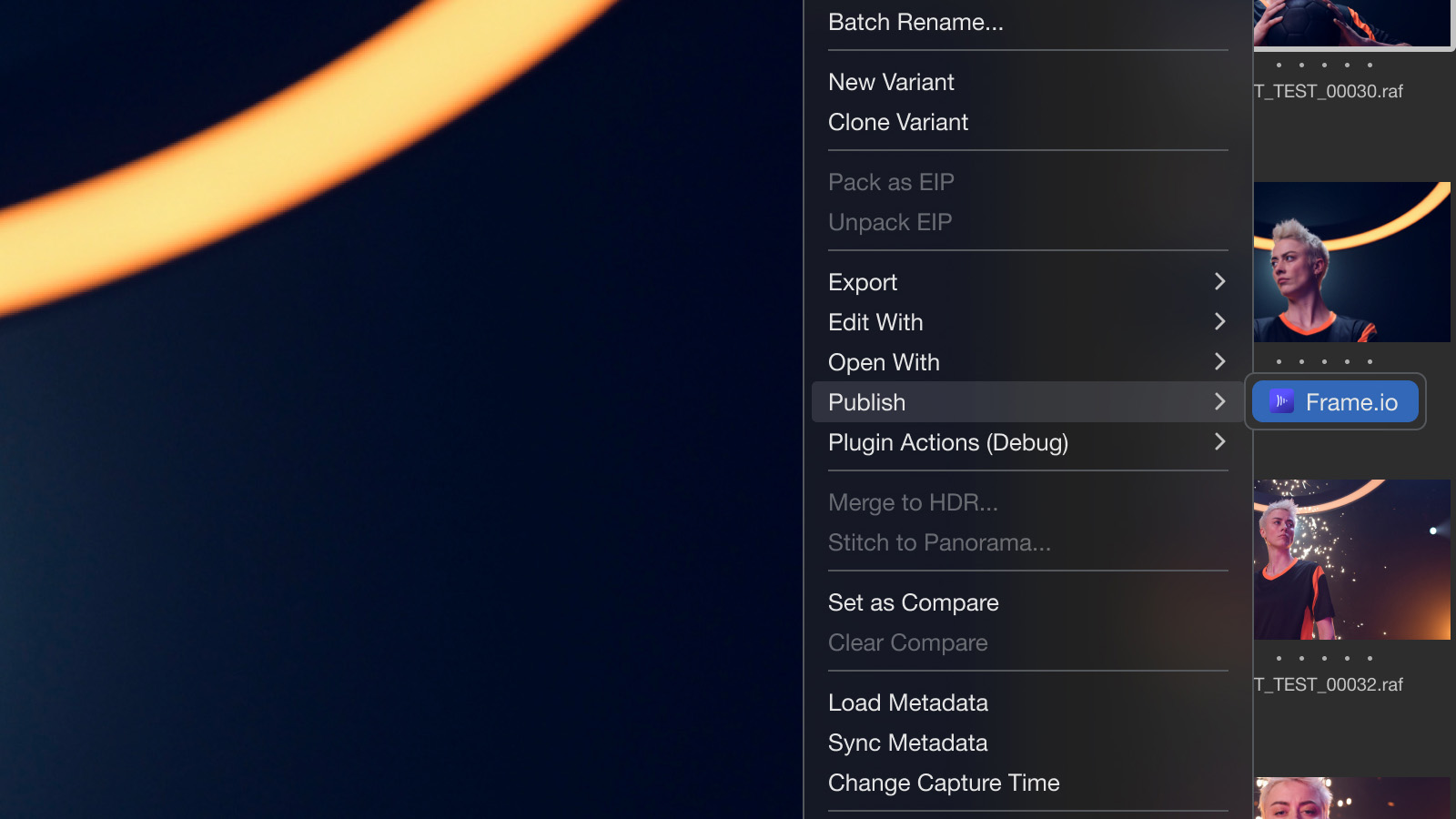
Video and photography are both integral to so many segments of the industry from media and entertainment to brands, marketing, social media, and e-commerce. Giving teams who work in both a centralized place in the cloud to collaborate creatively and share assets represents a major savings of time and effort.
The beginning of the future
We always go to NAB with the hope that we can see through what seems like a tsunami of new products and technology to spot what will become enduring trends. Some years it’s easier than others, and for 2023 you didn’t need to be an industry expert to notice that there were several distinct pillars that made up this year’s narrative.
Virtual production, which exploded during the pandemic, has definitely proven it has “legs.” From LED volumes to advancements in lighting to robotic camera rigs, it’s clear that it’s here to stay and will become integral to a multitude of productions. In fact, we partnered with Magicbox, the world’s first mobile virtual production Superstudio™, along with RED, to create an in-show interactive experience for visitors.
The setup involves footage of either a car or a train process being captured on RED KOMODO cameras mounted on SISU camera robots, which were then sent to Frame.io. Within moments, attendees received a message with a link to download an edited mini movie of their experience. In the first full day of NAB 2023, we created 90 of these, featuring smiling visitors who were excited to share them with friends and colleagues via social media.
Another trend this demo supports is the idea that virtual production works beautifully in tandem with cloud solutions for remote workflows. The fact that not everyone who needs to be part of a production needs to be physically on set is becoming more evident by the day.
And then there’s the biggest and buzziest development of all.
Artificial intelligence and machine learning
Without a doubt it’s the most talked-about trend today and is already influencing the industry in some astonishing ways.
The thing about any disruptive technology is that some people initially regard it with distrust or trepidation. Look at digital cinema as an example. There were plenty of directors and cinematographers who said they’d never shoot on anything but film. But today, only a small handful of directors choose celluloid, as we’ve seen year after year when we do our Oscars survey.
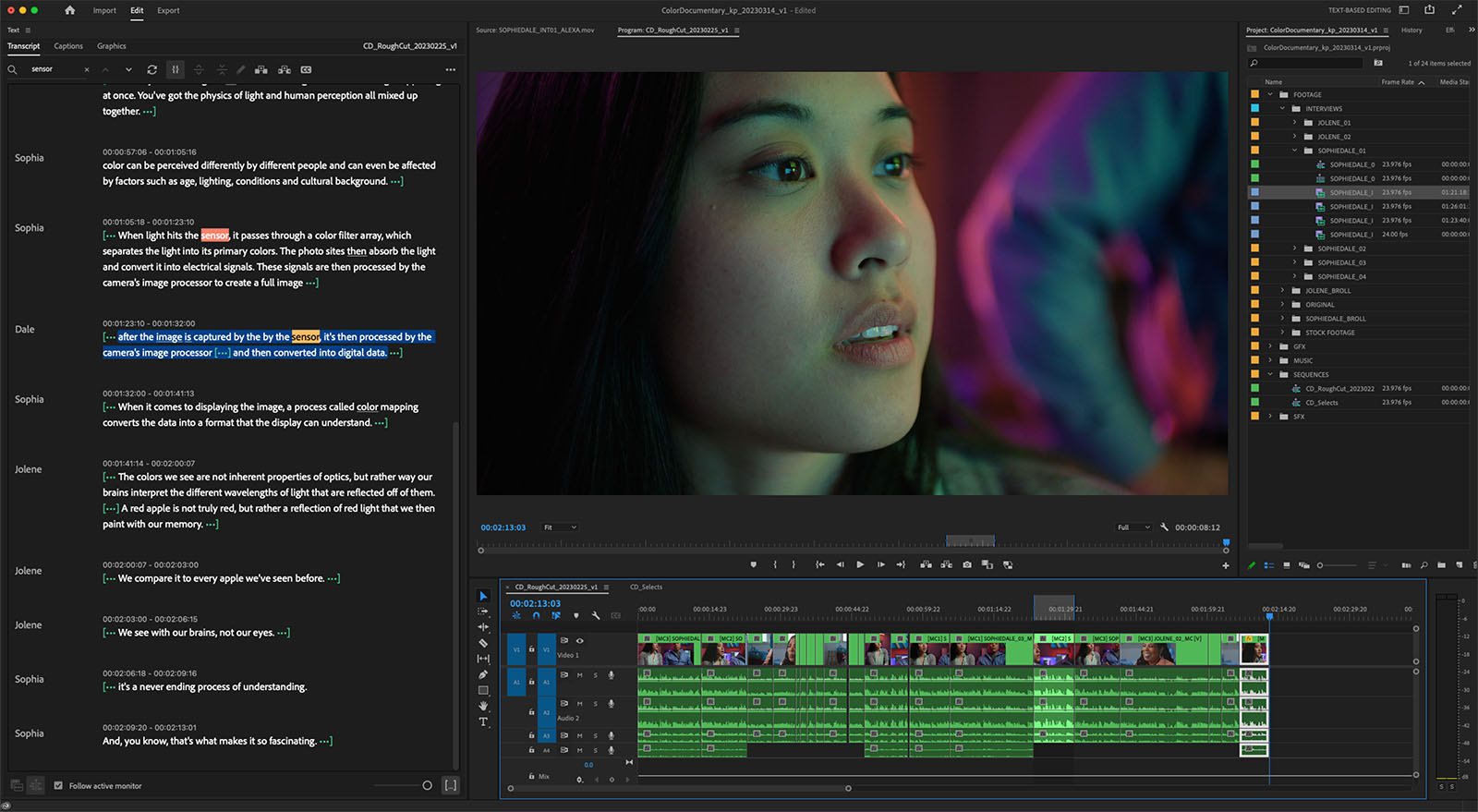
One thing is certain: those who adopt new technologies early are the ones who stay ahead of the curve. Because those visionaries among us are the ones who find ways to push it further, creating new and previously unseen or unimagined experiences and workflows.
At NAB 2023, Adobe demonstrated the Best of Show-winning Text-Based Editing in Premiere Pro, powered by our AI technology, Adobe Sensei. The amount of time and effort it will save editors—especially those who are editing news or live events or documentaries—will manifest as both an increase in productivity and a reduction of stress.
We’re also seeing how Adobe’s new Generative AI, Firefly, is making it possible for creators to spin up amazing images based on simple text prompts without encroaching on copyrighted content. And how Substance 3D is opening up creative possibilities for everyone from movie makers to marketers.
How much will generative AI change what we create and who can create it? We don’t know yet. But regardless of its impact, humans will never be obsolete. An AI can’t predict the outcome of a sporting event or predict the news before it happens. AI is a powerful tool, but creators always find ways to use tools—rather than letting the tools replace them.
Creators always find ways to use tools.
That’s why it’s important to understand that AI is inevitable, to inform ourselves about what it’s good at, and to see how it frees us up to do more of what we humans do better. The more we know, the more we can adapt, rethink, and create new ways of working that keep us curious and engaged.
Recapping our releases
The Camera to Cloud in-camera integration with the FUJIFILM X-H2 and X-H2S earned both an NAB SHOW Product of the Year and a CineD Best of Show award, and we couldn’t be more thrilled. Fujifilm has a history of being the first to spearhead new technologies, and to have such forward-thinking, like-minded partners with whom we can open Camera to Cloud workflows to photographers is beyond gratifying.
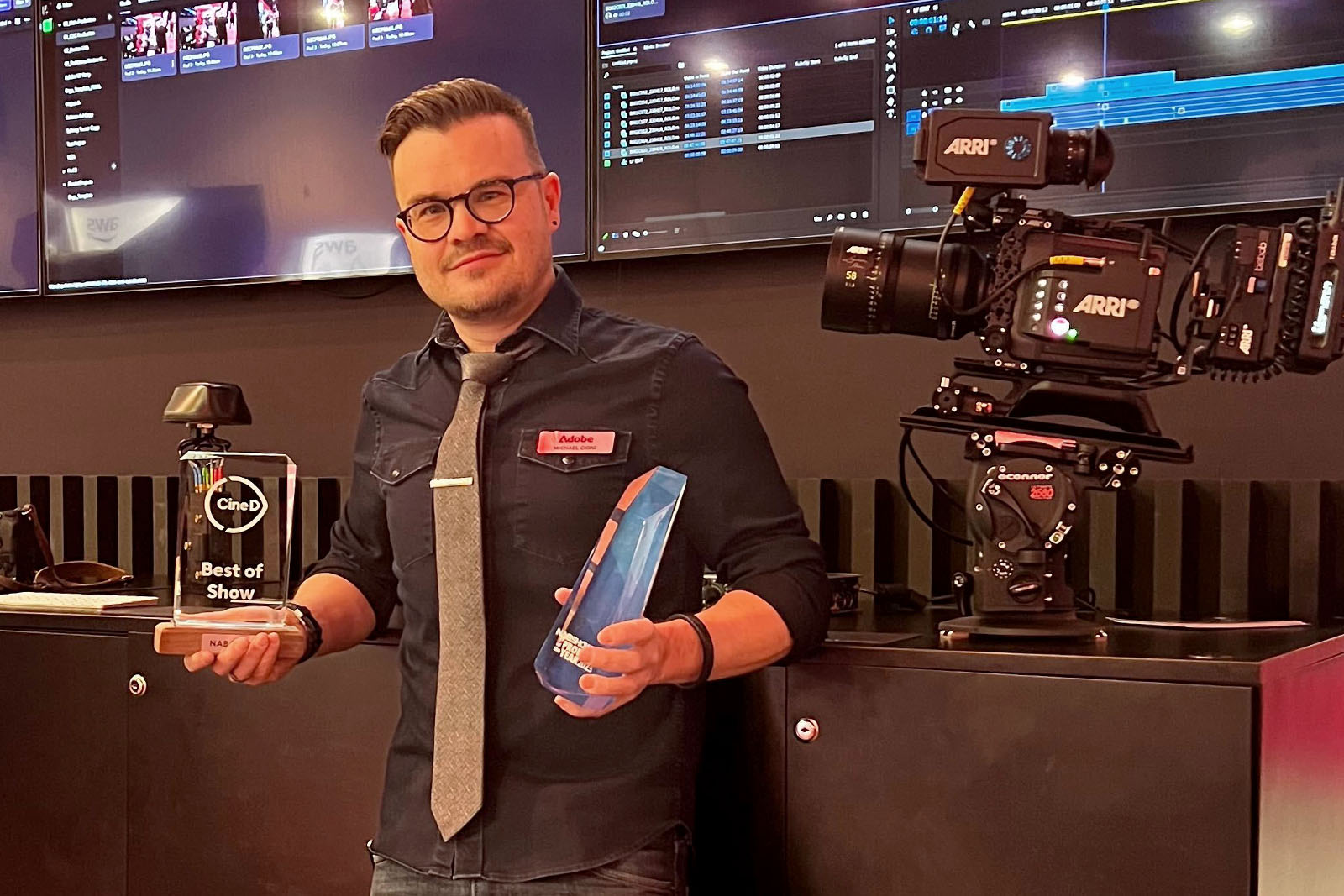
But in addition to that, many tethered cameras from Canon, Nikon, and Sony can also upload to Capture One now, and with their new integration with Frame.io, photo editors can immediately receive RAW image files, cull through them, make adjustments, send them to Photoshop for retouching, and distribute them through Frame.io while the photo session is ongoing. Not only does this accelerate the entire workflow, it also lets the photographer stay engaged in the whole process while they’re shooting, which means bringing more of their creative intent to the finished product.
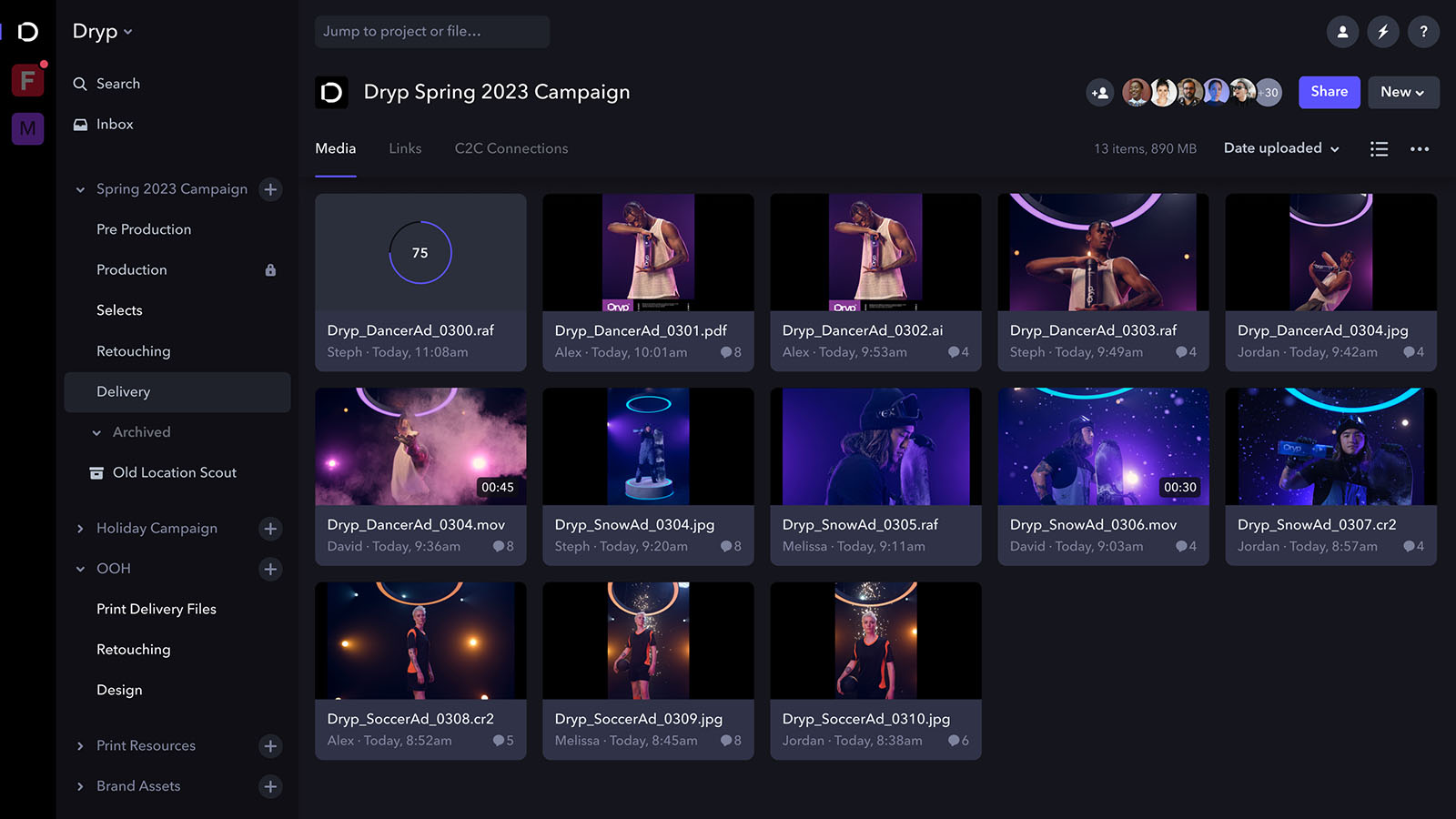
We also released a variety of features to support photography and design-file workflows, including the ability to view any two images side by side without first creating a version stack—with or without comments or annotations visible. Our new comparison tool allows you to zoom, pan, and scan between two photos while locked in unison, and to overlay the images on top of one another with transparency. And something a lot of you have requested is part of this new workflow—swiping right or left on iOS or iPad to easily navigate through photographs, PDFs, or even Adobe design files like .indd or .psd.
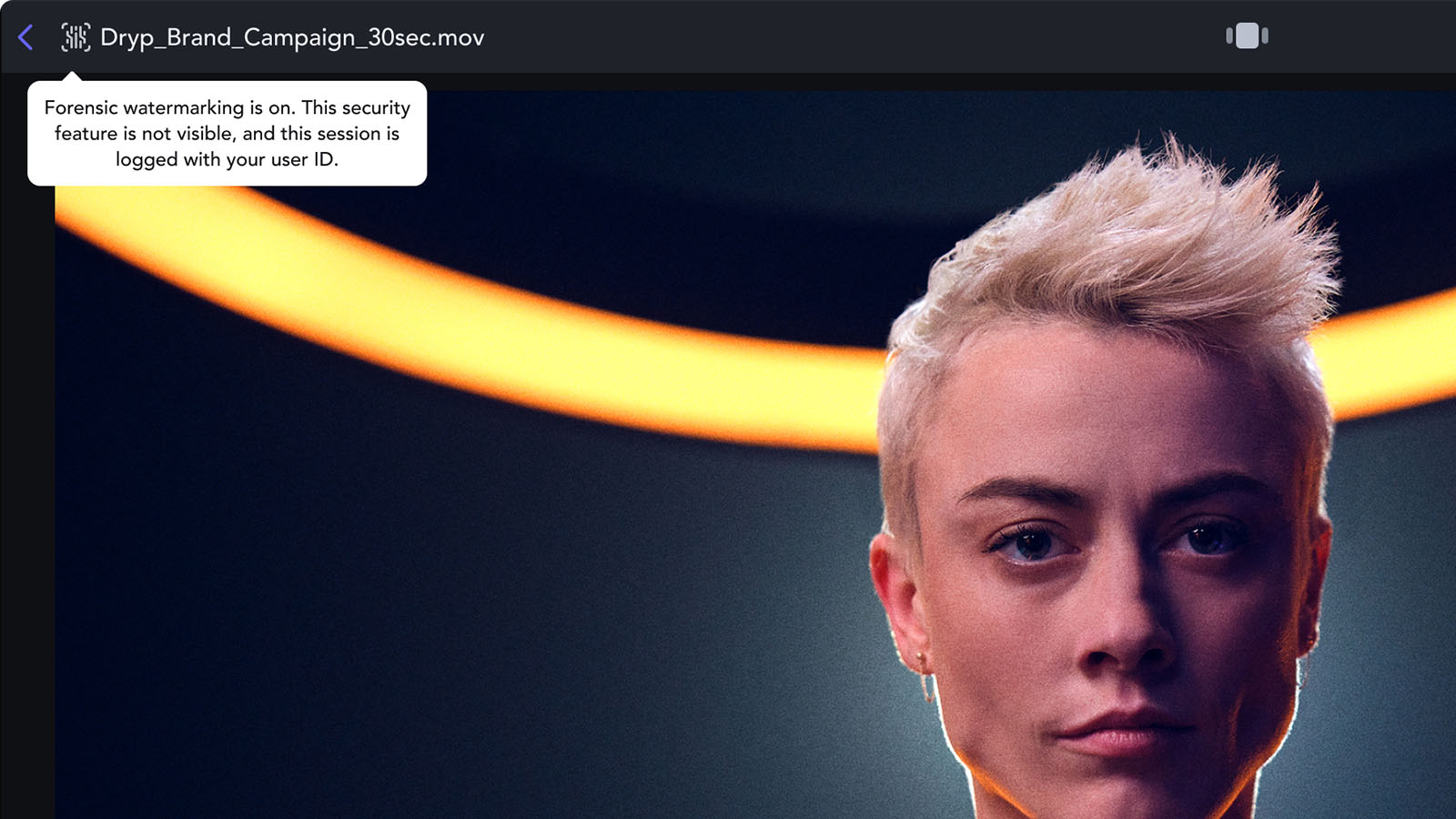
All of that, plus Forensic Watermarking (coming soon), ensures that no matter what kind of content you capture or generate, it’s protected by the highest level of security available.
It’s just the beginning
The mission statement for NAB is to “serve as a platform for exploring next-generation technology, exchanging knowledge and ideas, and connecting with colleagues and partners.”
For me personally, and for the Frame.io team, that form of in-person connection is valuable beyond any measure. It’s a time for us to come together and learn from each other, and it’s so vital to informing how we shape our product going forward. Frame.io was developed with the purpose of connecting video creators with their collaborators and content in one centralized place through the cloud. Today, we’re equal parts proud and humbled to be able to serve creators across many forms of media.
It really is just the beginning of a new era of media creation.
People often say, “it’s just the beginning.” But when we think about how short a time it’s been since Frame.io started, and then how recently we first launched Camera to Cloud to where we stand today, it really is just the beginning of a new era of media creation and consumption. Would anyone have imagined at that first NAB 100 years ago that we would have something like the metaverse? Or that we would all be able to participate in a shoot from different continents—in real time? Or that we would type a few words into a handheld computer and in seconds get an image that no one had ever seen before?
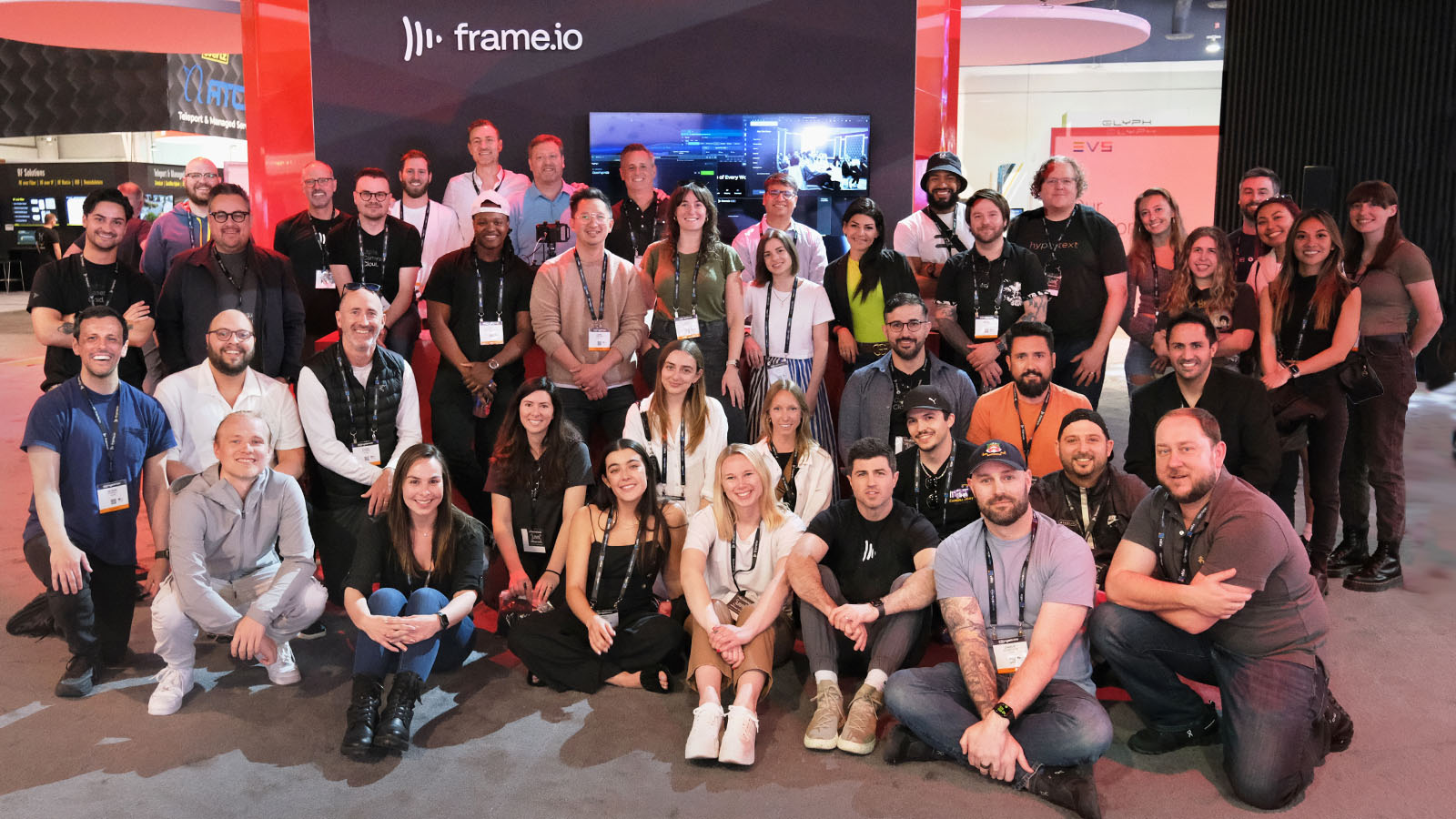
For those of us who love to think about the future, it’s fair to say that some of what will exist in another hundred years is probably beyond our imagination. But I’ll bet that what exists in even ten more years will be pretty amazing, and a lot of it will be built on what we’ve seen at NAB 2023.
Editor’s note: If you’d like to see a demo of what we released you can watch the recap webinar here. Or, if you’d like to learn more about Frame.io Enterprise features, please reach out to book a meeting.

